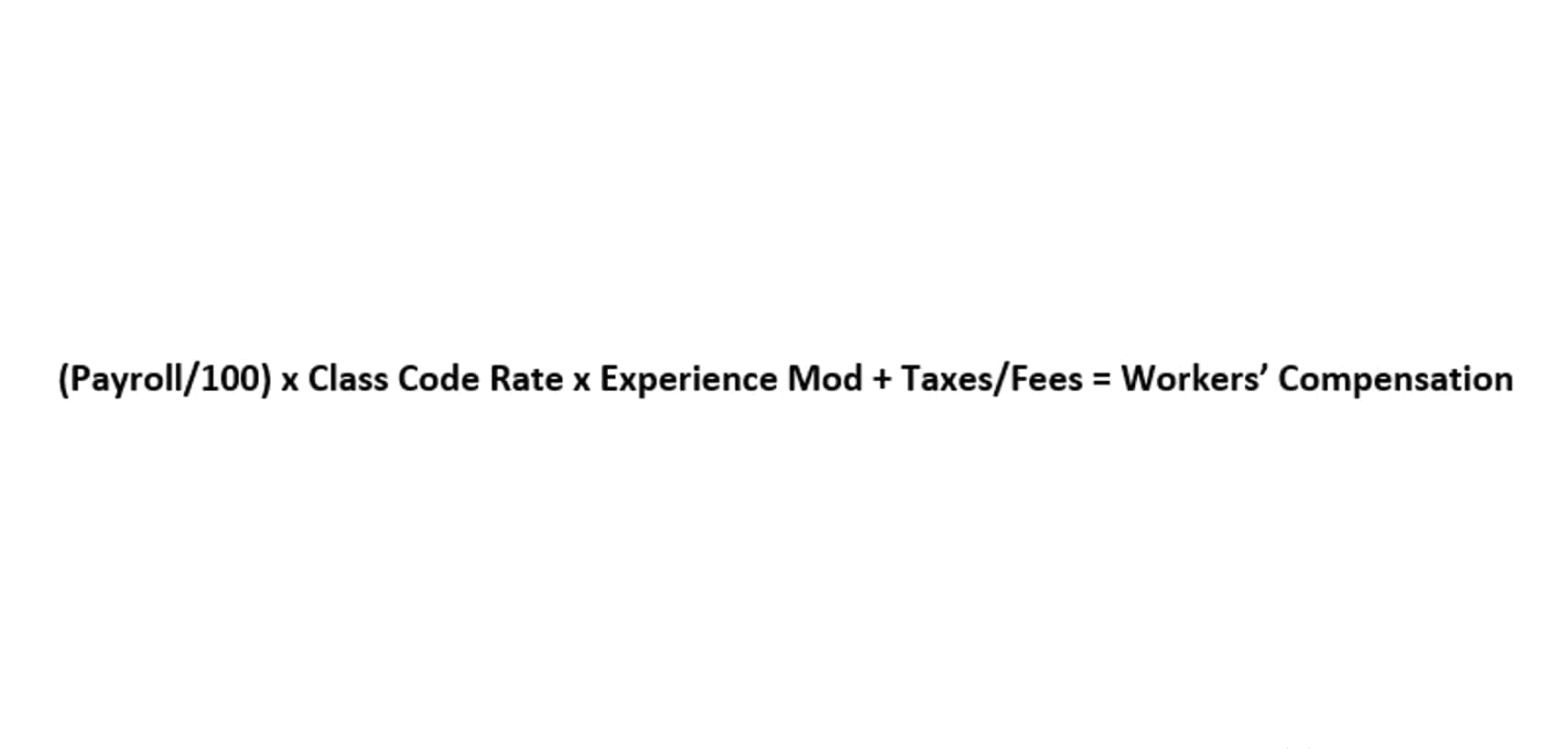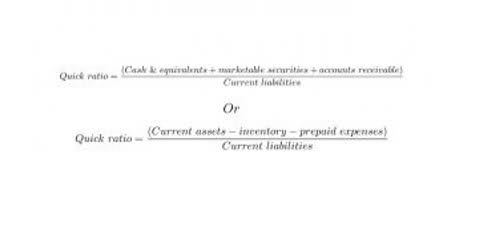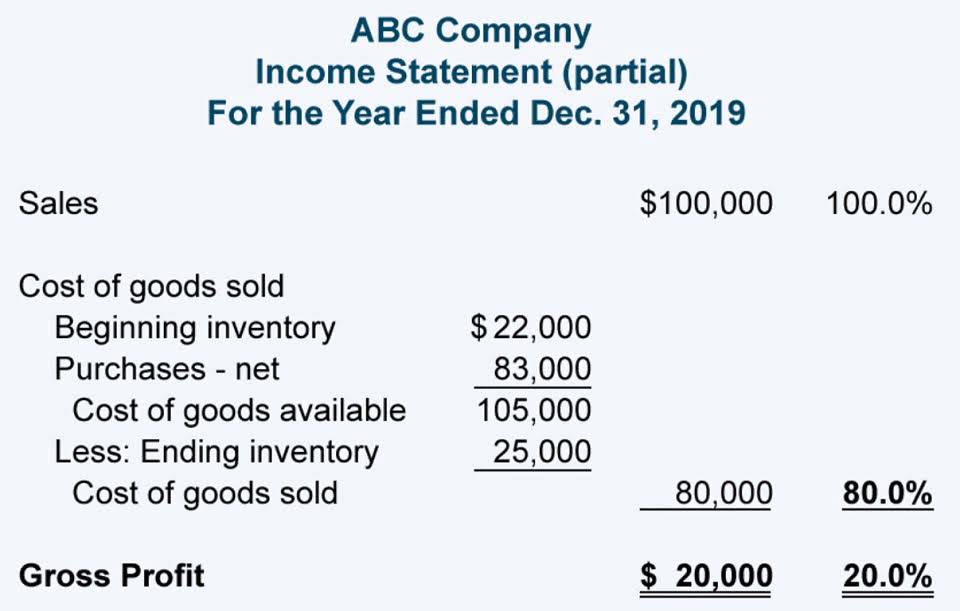
For example, if LIFO results the lowest net income and the FIFO results in the highest net income, the average inventory method will usually end up between the two. For that reason, the LIFO method is not allowed in countries that adhere to the International Financial Reporting Standards (IFRS). But in the U.S., businesses follow the Generally Accepted Accounting Principles (GAAP), which says how to calculate fifo you can use the LIFO method for inventory accounting. A higher COGS can lower your gross profit, which in turn, can lower your taxable income. He has a CPA license in the Philippines and a BS in Accountancy graduate at Silliman University. As you may have noticed above, with the FIFO method, the ending inventory value will mainly depend on the price change of the units bought over time.
- Susan started out the accounting period with 80 boxes of vegan pumpkin dog treats, which she had acquired for $3 each.
- FIFO gives you the advantage of having your stated inventory value (what’s available for sale) closely match current prices.
- Companies have their choice between several different accounting inventory methods, though there are restrictions regarding IFRS.
- And you also have to use the same method for future accounting periods.
How Is It Different From LIFO?
Second, every time a sale occurs, we need to assign the cost of units sold in the middle column. By using FIFO, the balance sheet shows a better approximation of the market value of inventory. The latest costs for manufacturing or acquiring the inventory are reflected in inventory, and therefore, the balance sheet reflects the approximate current market value. To get the cost of goods sold, you multiply the six shirts sold by $50. To calculate FIFO and the total cost of goods sold, multiply the cost of the item by how many items you’ve either bought or sold at that price.
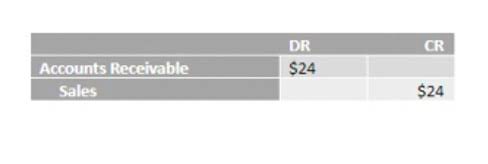
Step 2: Calculate the Ending Inventory Cost by Summing the Costs of the Most Recently Purchased Goods
Statements are more transparent, and it is harder to manipulate FIFO-based accounts to embellish the company’s financials. FIFO is required under the International Financial Reporting Standards, and it is also standard https://www.bookstime.com/articles/catch-up-bookkeeping in many other jurisdictions. In general, inventory value should reflect the value of the item to your business. Since inventory is an asset, it’s important to keep insight into your actual inventory values.
Changing from LIFO to FIFO
- From being straightforward to implement and required by many global markets, it can also follow your store’s already-in-place inventory flow.
- However, please note that if prices are decreasing, the opposite scenarios outlined above play out.
- On the basis of FIFO, we have assumed that the guitar purchased in January was sold first.
- If you sell online, most POS systems like Shopify will track inventory for you.
- FIFO is an assumption because the flow of costs of an inventory doesn’t have to match the actual flow of items out of inventory.
- The only reason for this is that we are keeping the most expensive items in the inventory account, while the cheapest ones are sold first.
In short, any industry that experiences rising costs can benefit from using this accounting method. So, which inventory figure a company starts with when valuing its inventory really does matter. And companies are required by law to state which accounting method they used in their published financials. Under the LIFO method, assuming a period of rising prices, the most expensive items are sold. This means the value of inventory is minimized and the value of cost of goods sold is increased. This means taxable net income is lower under the LIFO method and the resulting tax liability is lower under the LIFO method.
How to calculate COGS using FIFO?
If suppliers or manufacturers suddenly raise the price of raw materials or goods, a business may find significant discrepancies between their recorded vs. actual costs and profits. Susan started out the accounting period with 80 boxes of vegan pumpkin dog treats, which she had acquired for $3 each. Later, she buys 150 more boxes at a cost of $4 each, since her supplier’s price went up.
- This article will explain what you need to know about the FIFO costing method, including its advantages and disadvantages, how to calculate it, and how it is different from other accounting methods.
- This calculation method typically results in a higher net income being recorded for the business.
- Later on, you purchase another 80 units – but by then, the price per unit has risen to $6, so you pay $480 to acquire the second batch.
- When you insert a coin and turn the knob, those gumballs at the bottom, which went in first, will be the ones that come out first.
- Companies often use LIFO when attempting to reduce its tax liability.
Keep up with Michelle’s CPA career — and ultramarathoning endeavors — on LinkedIn. Let’s say on January 1st of the new year, Lee wants to calculate the cost of goods sold in the previous year. The FIFO (“First-In, First-Out”) method means that the cost of a company’s oldest inventory is used in the COGS (Cost of Goods Sold) calculation. LIFO (“Last-In, First-Out”) means that the cost of a company’s most recent inventory is used instead.
Is FIFO a Better Inventory Method Than LIFO?
Using FIFO does not necessarily mean that all the oldest inventory has been sold first—rather, it’s used as an assumption for calculation purposes. Learn more about what FIFO is and how it’s used to decide which inventory valuation methods are the right fit for your business. FIFO, or First In, First Out, is an inventory valuation method that assumes that inventory bought first is disposed of first. There are balance sheet implications between these two valuation methods. Because more expensive inventory items are usually sold under LIFO, the more expensive inventory items are kept as inventory on the balance sheet under FIFO.
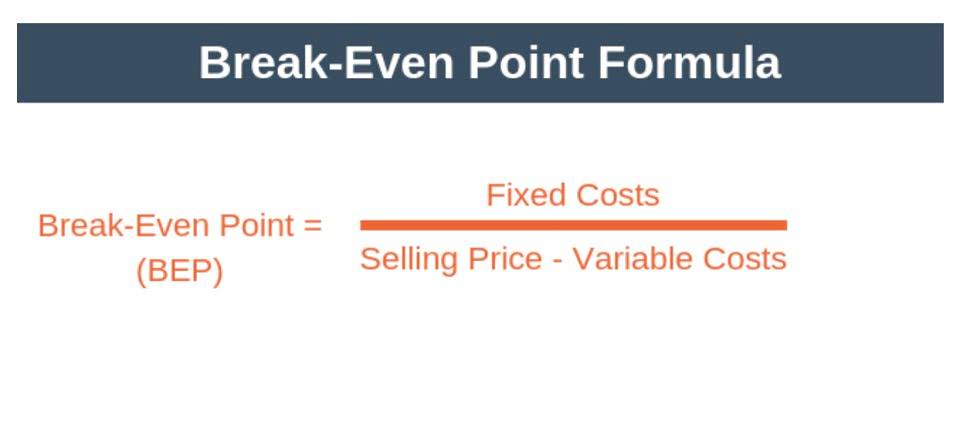
When to Consider Other Inventory Methods

